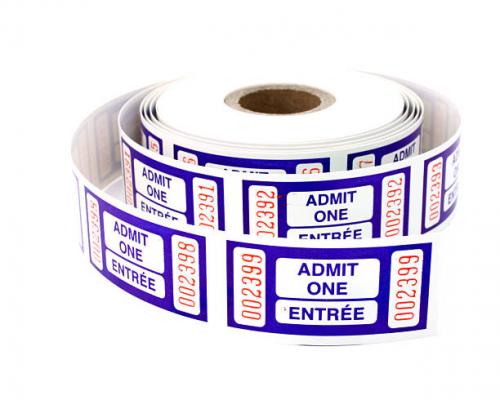Eco-Friendly Options for Custom Printed Shrink Sleeves: A Perspective

In the dynamic landscape of packaging solutions, the demand for eco-friendly options has become increasingly paramount. This shift is not just driven by regulatory requirements but also by consumer preferences for sustainable products. Custom printed shrink sleeves, a versatile and popular choice in packaging, are no exception to this trend. This article explores various eco-friendly options available for custom printed shrink sleeves, highlighting their benefits and implications for brands looking to align with sustainable practices.
Understanding Custom Printed Shrink Sleeves
Custom printed shrink sleeves are polymer-based labels that conform to the shape of containers when heat is applied, providing full-body decoration and 360-degree branding opportunities. They are widely used across industries such as food and beverage, cosmetics, and pharmaceuticals due to their aesthetic appeal, durability, and ability to accommodate complex packaging shapes.
The Need for Eco-Friendly Solutions
Traditional shrink sleeves are typically made from materials like PVC (Polyvinyl Chloride) or PET (Polyethylene Terephthalate), which, while effective, pose environmental challenges. These materials are not easily recyclable and can contribute to plastic pollution if not disposed of properly. As consumer awareness and regulatory pressures increase, brands are seeking alternatives that minimize environmental impact without compromising on quality or functionality.
Eco-Friendly Material Options
PETG (Polyethylene Terephthalate Glycol): PETG is a recyclable polyester that offers similar properties to PET but with enhanced recyclability. It is widely accepted in recycling streams and can be recycled into various products, making it a preferred choice for brands aiming to reduce their carbon footprint.
PLA (Polylactic Acid): PLA is a bioplastic derived from renewable resources such as corn starch or sugarcane. It is compostable under industrial composting conditions, offering a sustainable end-of-life option. PLA shrink sleeves are suitable for brands emphasizing biodegradability and reducing dependence on fossil fuels.
OPS (Oriented Polystyrene): OPS is a form of polystyrene that can be recycled into a range of products. It provides excellent clarity and printability, making it a practical choice for brands looking for recyclable options without compromising on aesthetics.
Recycled Materials: Using post-consumer recycled (PCR) content in shrink sleeve production helps reduce the demand for virgin materials. Manufacturers can blend PCR plastics with virgin resins to create sleeves that maintain performance while lowering environmental impact.
Advantages of Eco-Friendly Shrink Sleeves
Environmental Impact: Choosing eco-friendly materials reduces reliance on finite resources and minimizes waste generation. It supports circular economy principles by promoting recycling and composting.
Brand Image and Consumer Perception: Consumers increasingly favor brands that demonstrate environmental responsibility. Eco-friendly packaging can enhance brand reputation and attract environmentally conscious consumers.
Regulatory Compliance: Many regions enforce strict regulations on packaging materials and recyclability. Adopting eco-friendly shrink sleeves helps brands stay compliant with current and future legislation.
Challenges and Considerations
While eco-friendly shrink sleeves offer numerous benefits, they also present challenges that brands must navigate:
Cost Considerations: Some eco-friendly materials may initially be more expensive than traditional options. However, economies of scale and increasing availability can mitigate cost differentials over time.
Performance Requirements: Ensuring that eco-friendly materials meet performance standards for durability, printability, and shelf-life is crucial. Collaboration with experienced packaging suppliers is essential to address these concerns.
Consumer Education: Communicating the benefits and proper disposal methods of eco-friendly packaging to consumers is vital for maximizing environmental impact.
Conclusion
As sustainability continues to shape consumer choices and regulatory landscapes, the adoption of eco-friendly options for custom printed shrink sleeves is becoming imperative for brands across industries. By leveraging materials like PETG, PLA, OPS, and recycled content, brands can reduce their environmental footprint while maintaining packaging integrity and appeal. Embracing these eco-friendly solutions not only aligns with global sustainability goals but also positions brands as responsible stewards of the environment, fostering long-term consumer trust and loyalty.
Incorporating eco-friendly practices into packaging strategies is not just a trend but a strategic imperative for brands committed to sustainable growth and innovation in the 21st century marketplace.
Post Your Ad Here
Comments